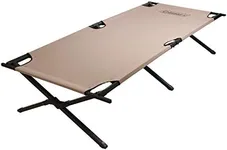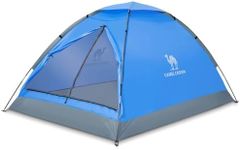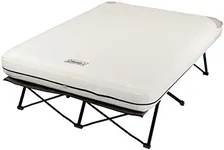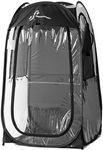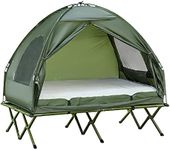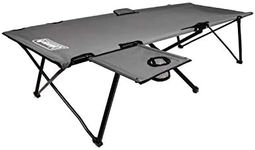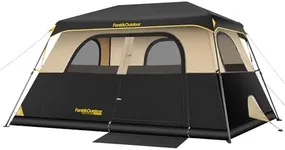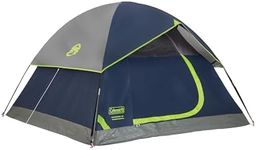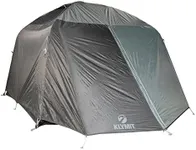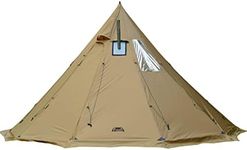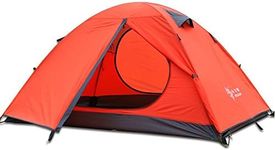Buying Guide for the Best Cot Tents
Choosing the right cot tent can make a significant difference in your outdoor experience. Cot tents combine the comfort of a cot with the protection of a tent, making them ideal for camping, hiking, or any outdoor adventure. When selecting a cot tent, it's important to consider several key specifications to ensure you get the best fit for your needs. Understanding these specs will help you make an informed decision and enhance your overall comfort and convenience during your outdoor activities.Size and DimensionsThe size and dimensions of a cot tent are crucial as they determine how much space you will have to sleep and store your gear. Cot tents come in various sizes, from single to double occupancy. If you are camping alone, a single cot tent will suffice, but if you need more space or are camping with a partner, a double cot tent is a better choice. Consider the length and width to ensure it fits your body comfortably and provides enough room for movement.
Weight CapacityWeight capacity refers to the maximum weight the cot tent can support. This is important to ensure the cot tent can safely hold your weight and any additional gear you might place on it. Cot tents typically have weight capacities ranging from 250 to 600 pounds. Choose a cot tent with a weight capacity that exceeds your body weight and any extra items you plan to keep inside the tent to ensure stability and durability.
Material and DurabilityThe material and durability of a cot tent affect its longevity and performance in different weather conditions. Look for cot tents made from high-quality, weather-resistant materials such as polyester or nylon for the tent fabric and aluminum or steel for the frame. These materials provide strength and resistance to wear and tear. If you plan to camp in harsh weather conditions, opt for a cot tent with reinforced seams and waterproof coatings to ensure it can withstand rain, wind, and other elements.
Ease of SetupEase of setup is an important factor, especially if you want to save time and effort when setting up camp. Cot tents with simple, intuitive designs and fewer components are generally easier to assemble. Look for cot tents that come with clear instructions and require minimal tools for setup. Some models feature quick-setup mechanisms like pop-up designs or pre-attached poles, which can significantly reduce setup time and hassle.
PortabilityPortability is key if you plan to move frequently or carry your cot tent over long distances. Consider the weight and packed size of the cot tent when it's folded. Lightweight and compact cot tents are easier to transport and store. Look for models that come with a carrying bag or straps for added convenience. If you are backpacking or hiking, prioritize cot tents that are specifically designed to be lightweight and easy to carry.
VentilationVentilation is essential for maintaining comfort and reducing condensation inside the cot tent. Good ventilation helps regulate temperature and provides fresh air circulation. Look for cot tents with multiple mesh windows, vents, or breathable fabric panels. These features allow for better airflow and help keep the interior cool and dry. If you are camping in hot or humid conditions, prioritize cot tents with ample ventilation options to ensure a comfortable sleeping environment.
